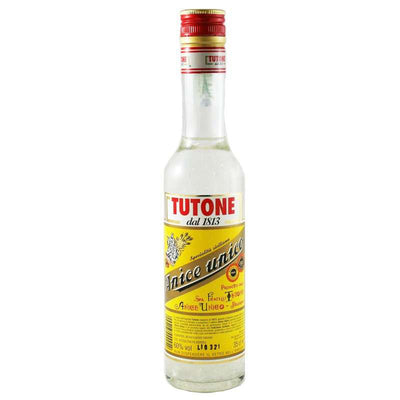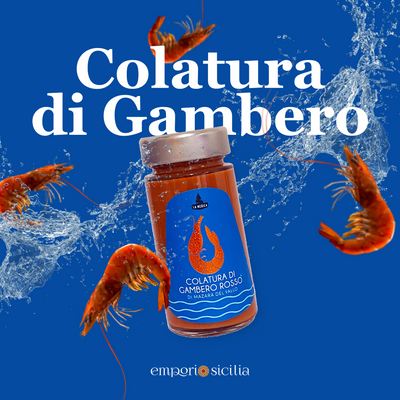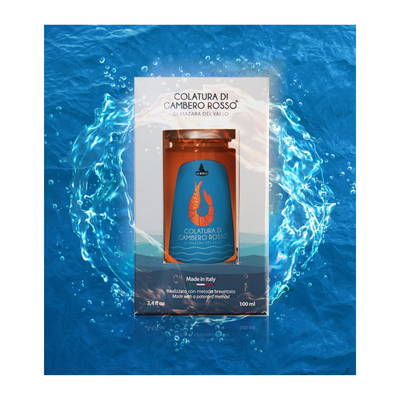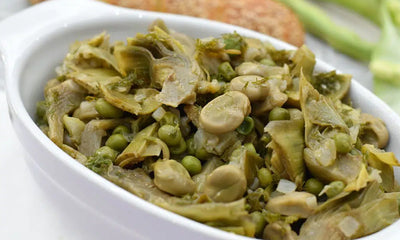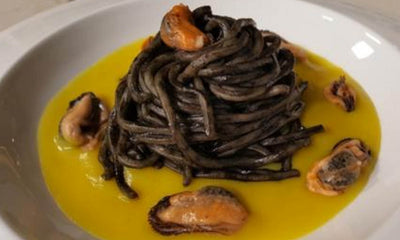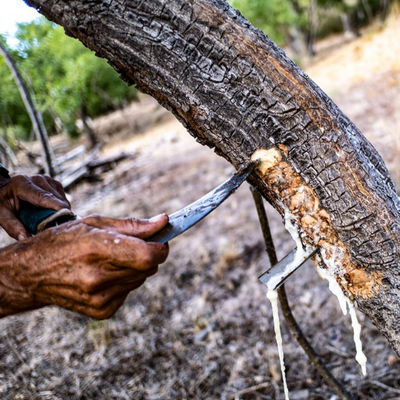Sicilian tuna is an excellence of the territory. The thousand-year experience of Sicilian bluefin tuna fishing has been handed down over the centuries, from father to son, from fisherman to fisherman. What might seem like a violent fishing ritual is actually an open-air museum of traditions and customs that cross space and time. The famous Sicilian traps and the tuna slaughter are part of the history of the Mediterranean.
The traps in Sicily for fishing for bluefin tuna with mattanza boast an ancient tradition and were of fundamental importance in the economy of the island in the past. This highly prized product is still appreciated and requested all over the world, even in the famous version of ficazza or red tuna salami, transformed into fish pâté or preserved in glass, in oil or in salt . On Emporio Sicilia you can find the best Sicilian tuna for sale online and the best red tuna bottarga, as well as the best pates and sauces made from 100% Sicilian tuna .Tuna fishing: what are tuna traps and how did tuna fishing originate?
A tuna net is nothing more than a set of shaped nets used for fishing for bluefin tuna . By extension the term in Italy also indicates the place where it is used for slaughter.
What is mattanza and why is it so well known? This is a Phoenician technique used to trap and capture bluefin tuna, widespread in areas such as Spain and Sicily during the Islamic period. From the tuna traps the slaughter spread throughout Sicily. In the past there were tuna traps on the entire western and eastern coast. This type of fishing was also practiced in Liguria, Sardinia and to a lesser extent in Calabria and Tuscany .
Tuna fishing was introduced by the Arabs in Sicily around the year 1000 and the tradition then continued with the Spanish. In 1800 , Sicilian tuna fishing using this technique experienced maximum expansion, with the monopoly of the Florio family, who owned dozens of Sicilian tuna traps.
Why is Sicilian tuna tastier and more valuable?
The meat of this fish is considered a very valuable delicacy and comes from fish weighing over 100 kg . Exported all over the world, Sicilian tuna is highly appreciated especially in Japan, where it arrives by plane in cold storage.
Tuna migrates from the Atlantic Ocean , in late spring, through the Strait of Gibraltar into the Mediterranean, whose warmer waters are more suitable for reproduction. The females swim in depth, the males, more numerous, move closer to the surface and emit their semen as soon as the milky cloud of eggs emitted by the former spreads into the water.
How does Sicilian tuna fishing take place in tuna traps?
The technique is the same as the Arabs. The Rais (a word of Arabic origin meaning chief) commands the tuna fishery and during the fishing period, chooses the places where the 4 or 5 kilometer long nets, fixed with a large number of anchors, must be lowered. These form “chambers” : enclosure, doors, chambers and center. The words and songs of the tuna fishermen during the mattanza are also of Arab origin (from the Latin “mactare”, to kill).
The complex system of nets traps the school of fish in the death chamber, a quadrilateral surrounded by nets with an additional net at the bottom integral with the sides. The fishermen hoist it onto the boats singing "l' Aiamòla ", an ancient Arab work song. As the net progressively tightens and the space decreases, the tuna swim more and more frenetically and are harpooned and hoisted on board, in a blood-red sea.
What are the types of tuna fish? Is Sicilian tuna still fished like this?
We have two types of tuna fish. The first, "running" or "going", fishes tuna in the May-June period , during their reproduction. The return one, however, catches fish in the July-August period.
This traditional type of fishing is disappearing. The few active tuna traps are now tourist attractions. The tuna fisheries continue to tell the story of Sicilian bluefin tuna fishing . In the months preceding the slaughter, the tuna fishermen prepare and repair the nets, transport them and position them, take care of the caulking of the boats, set up lookouts in search of tuna and finally, singing, bring their boats from the malfaraggio near the tuna fishery .












